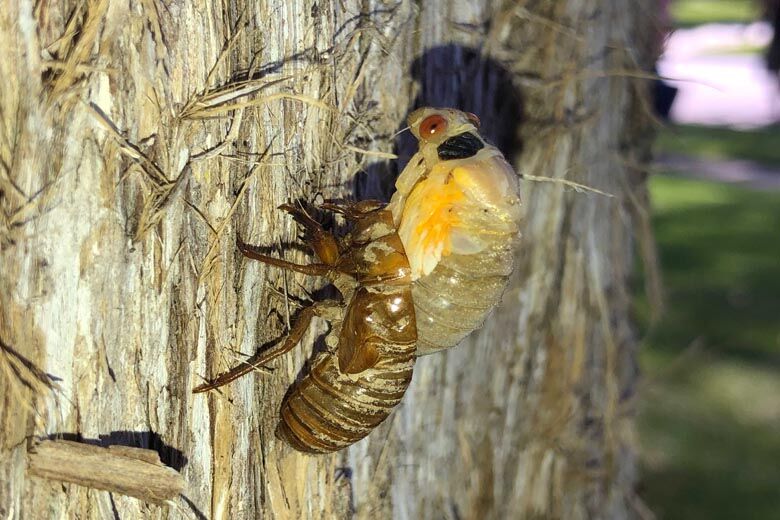
The much-anticipated cicada arrival has been slow so far due to below-normal temperatures, but that’s about to change, according to University of Maryland Entomologist Mike Raupp, aka “The Bug Guy.”
“With temperatures predicted in the 70s, 80s and upper 80s this week, I think a trickle is going to a turn into a flood,” Raupp said in an interview with WTOP. “I think cicadas are going to be widespread throughout the DMV this week, certainly by Wednesday, Thursday, Friday — the big rock concert up in the tree tops is about to begin.”
Raupp said the last couple of weeks, temperatures have been running below normal with cloudy and rainy days, which is not ideal weather for cicada activity.
“They’ve kind of been backed up a little bit, jammed with the cooler temperatures and not able to get up and out of the ground effectively,” he said. “I think rather than see a kind of a crescendo, it’s like taking the finger out of the dam.”
The weather forecast this week, which calls for temps in the mid-to-upper 80s, is going to be perfect weather for activity, the entomologist said. There will also be some rain in the mix coupled with high levels of humidity, which is also ideal for cicadas.
“I think we will have massive numbers appearing towards the end of this week and through next week,” he said. “All the factors are lining up right now for a pretty spectacular emergence over the next week and 10 days.”
A frequent guest on Good Morning America and NPR, and other network talk shows, “The Bug Guy” — as students and fans nicknamed him — reports on all things bug and insect related.
Entomology is the scientific study of insects in the branch of zoology. Raupp said that activity with cicadas, as with all insects, which are cold-blooded, is dependent upon the temperature and weather conditions. Cicadas depend on ambient temperatures for their activity.
Raupp said the cooler weather over the past two weeks slowed down all the elements of cicada life — from emergence, to shedding their skin, to flying and to singing in the treetops.
“As temperatures warm, their body activities and metabolism can rise,” Raupp said. “This allows them to move faster to shed their skins, to get up in the tree tops, to begin to chorus, to strike up the big boy band up in the tree tops as they have a little romance and seek their mates.”
The cicadas set to emerge this year are known as periodical cicadas — which are different from the annual cicadas that we tend to see every year. Some broods emerge every 13 years. But Brood X (pronounced Brood 10), which is known as the Big Brood, only make an appearance once every 17 years.


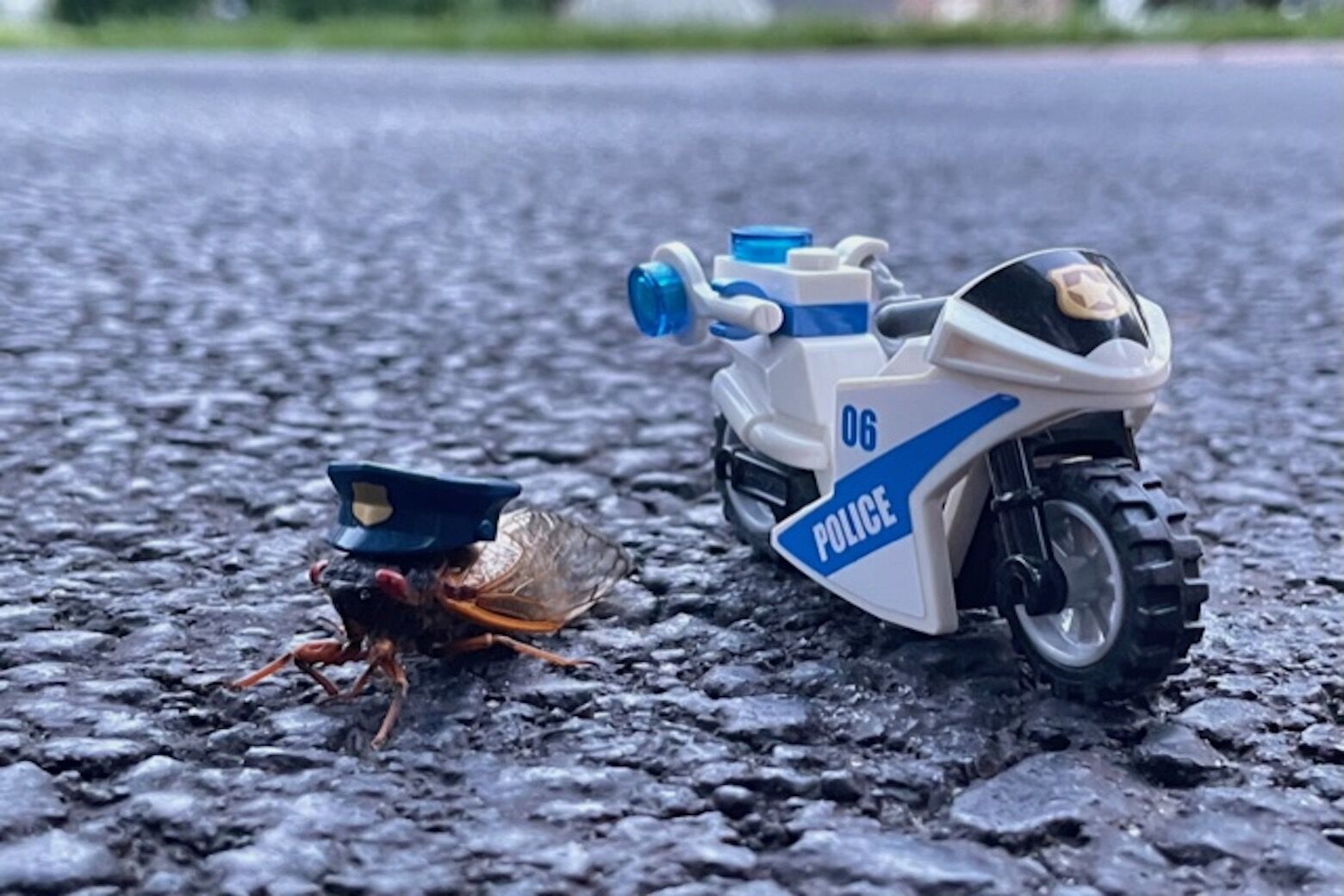

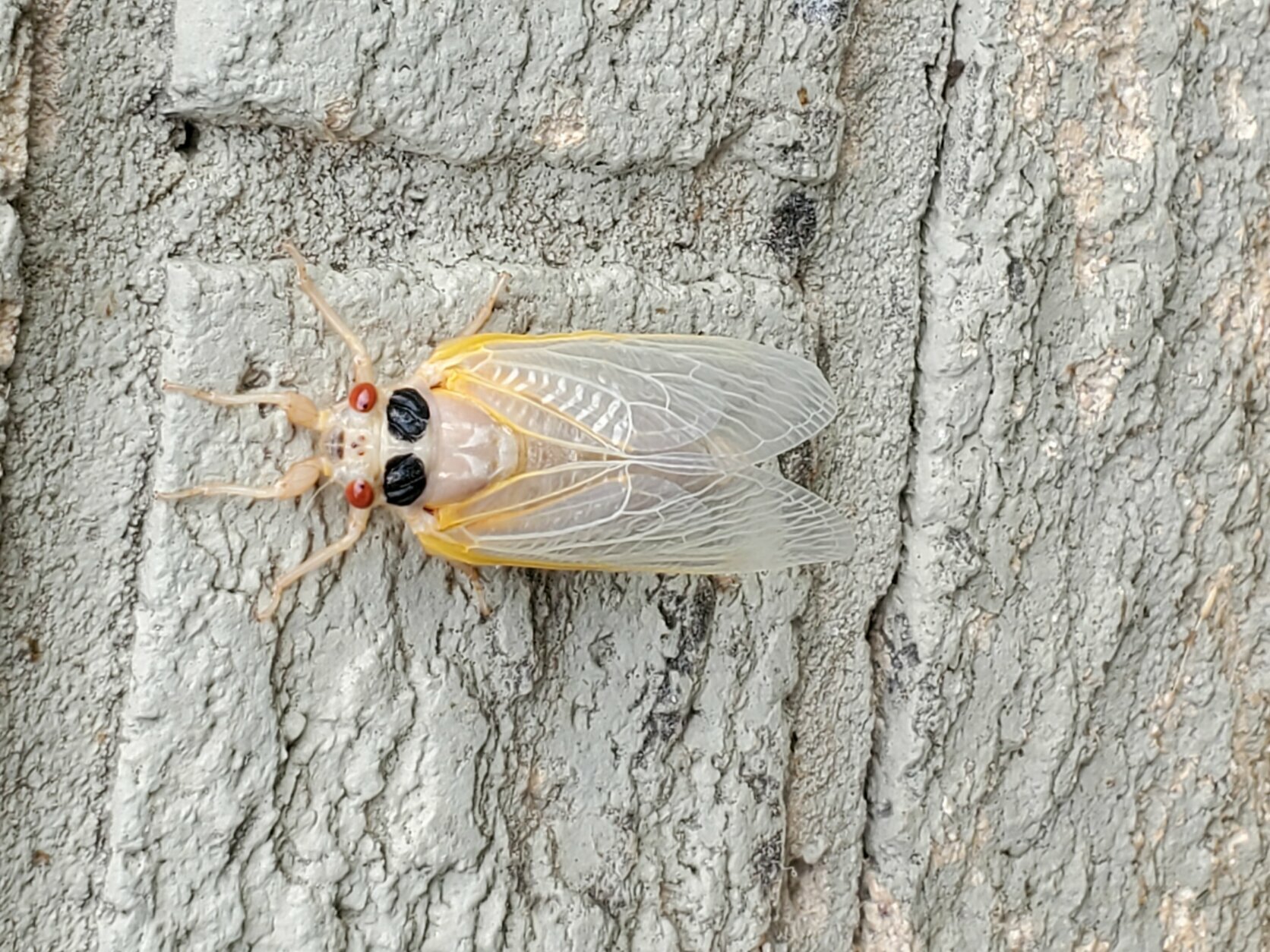
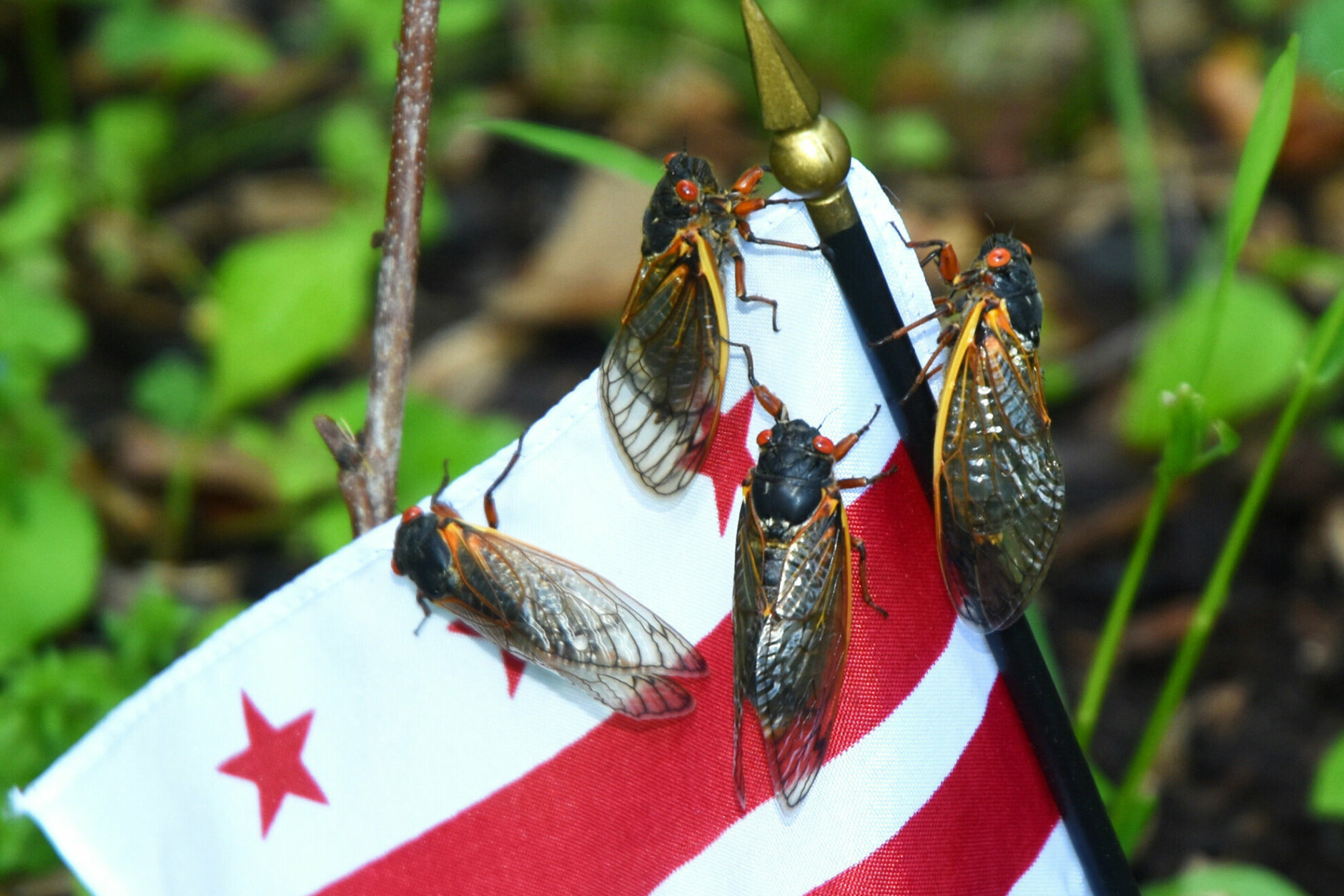
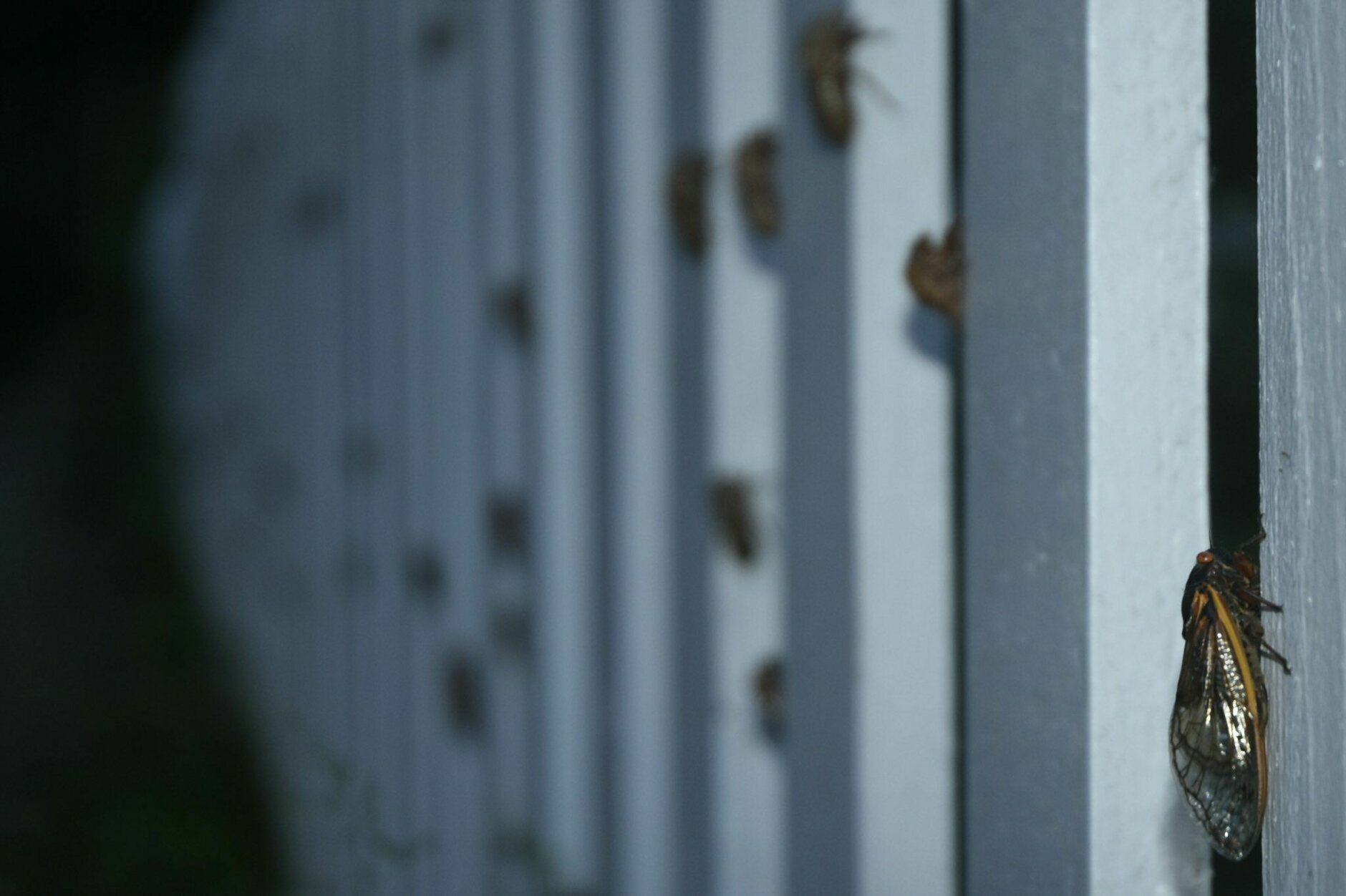

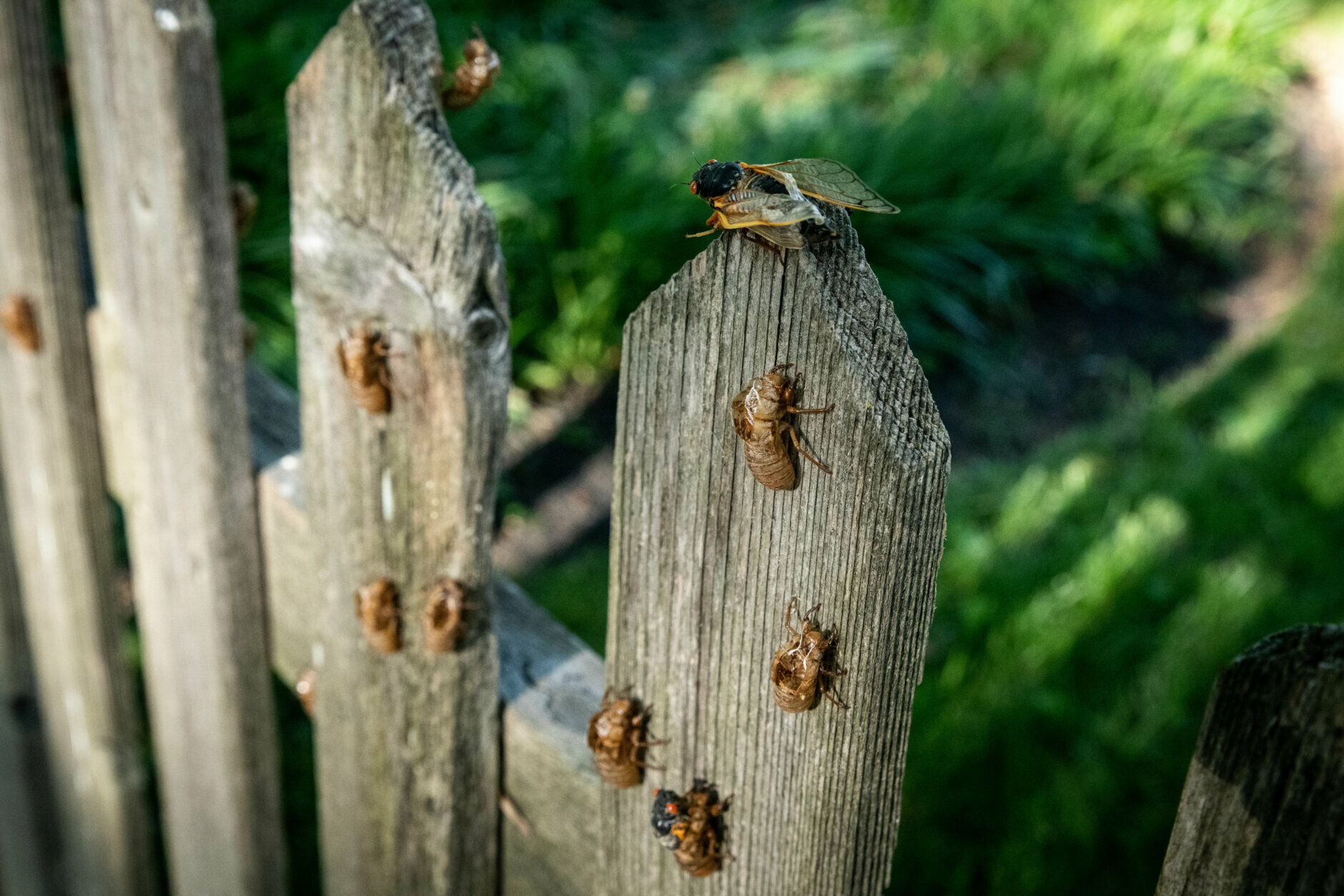
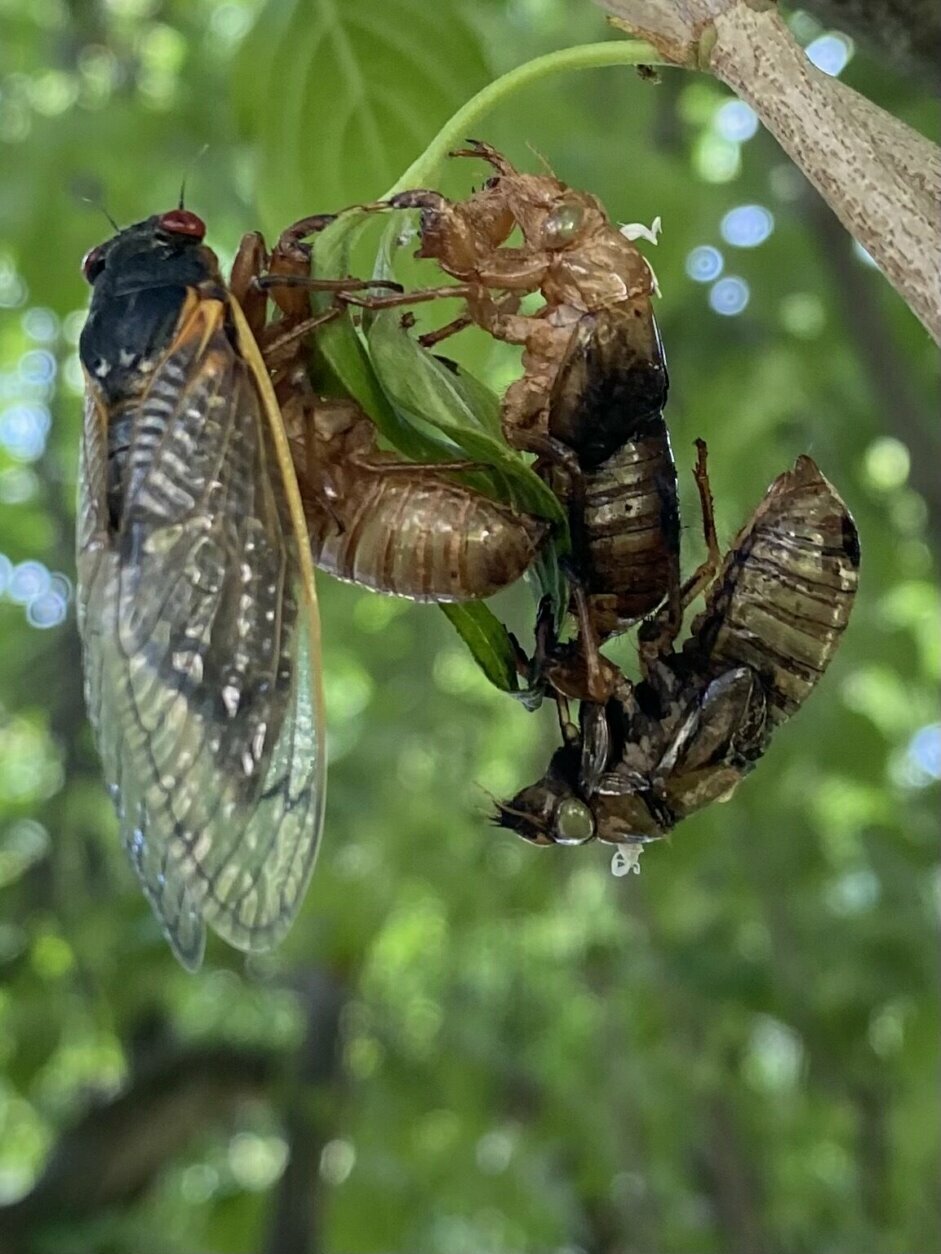

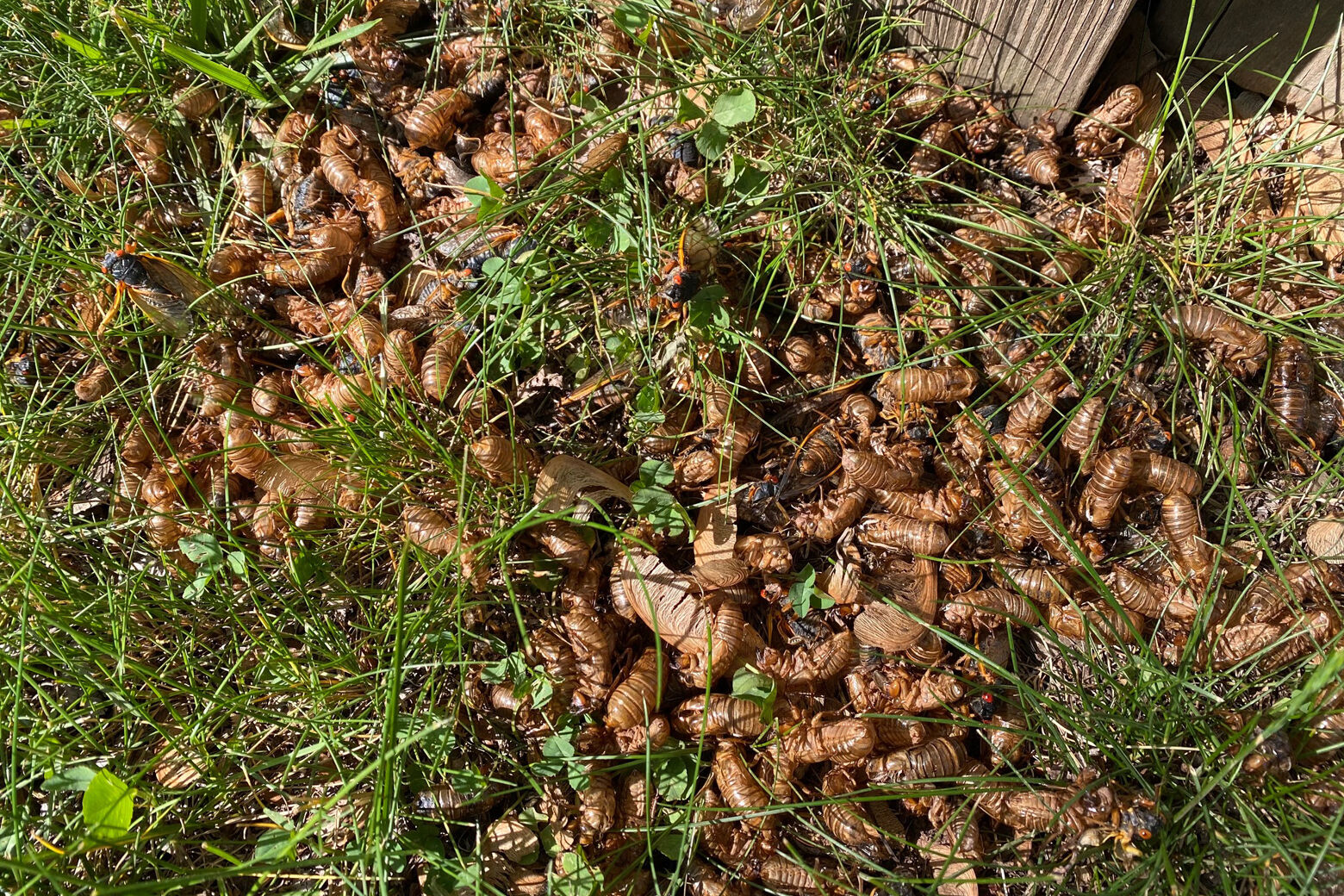
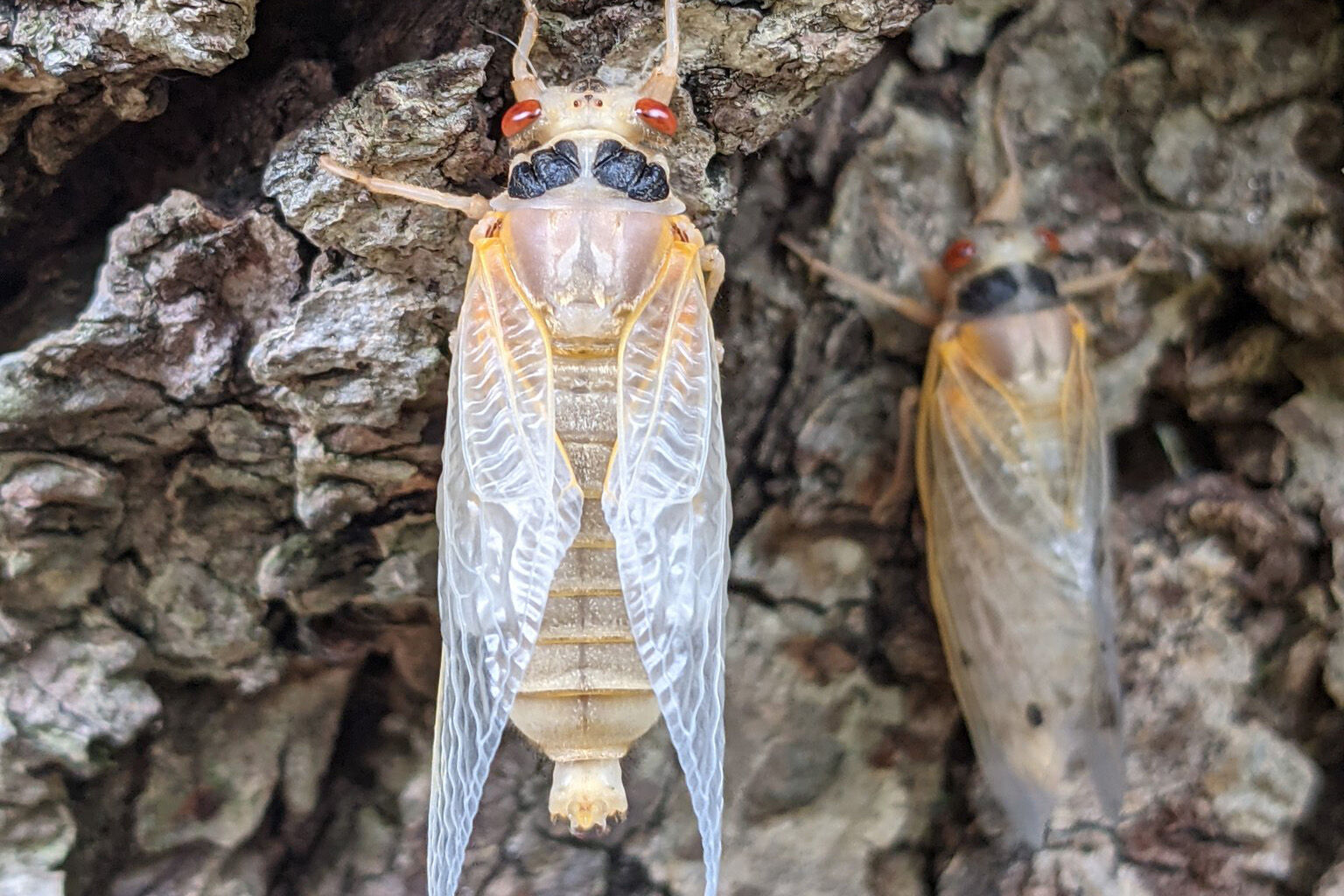
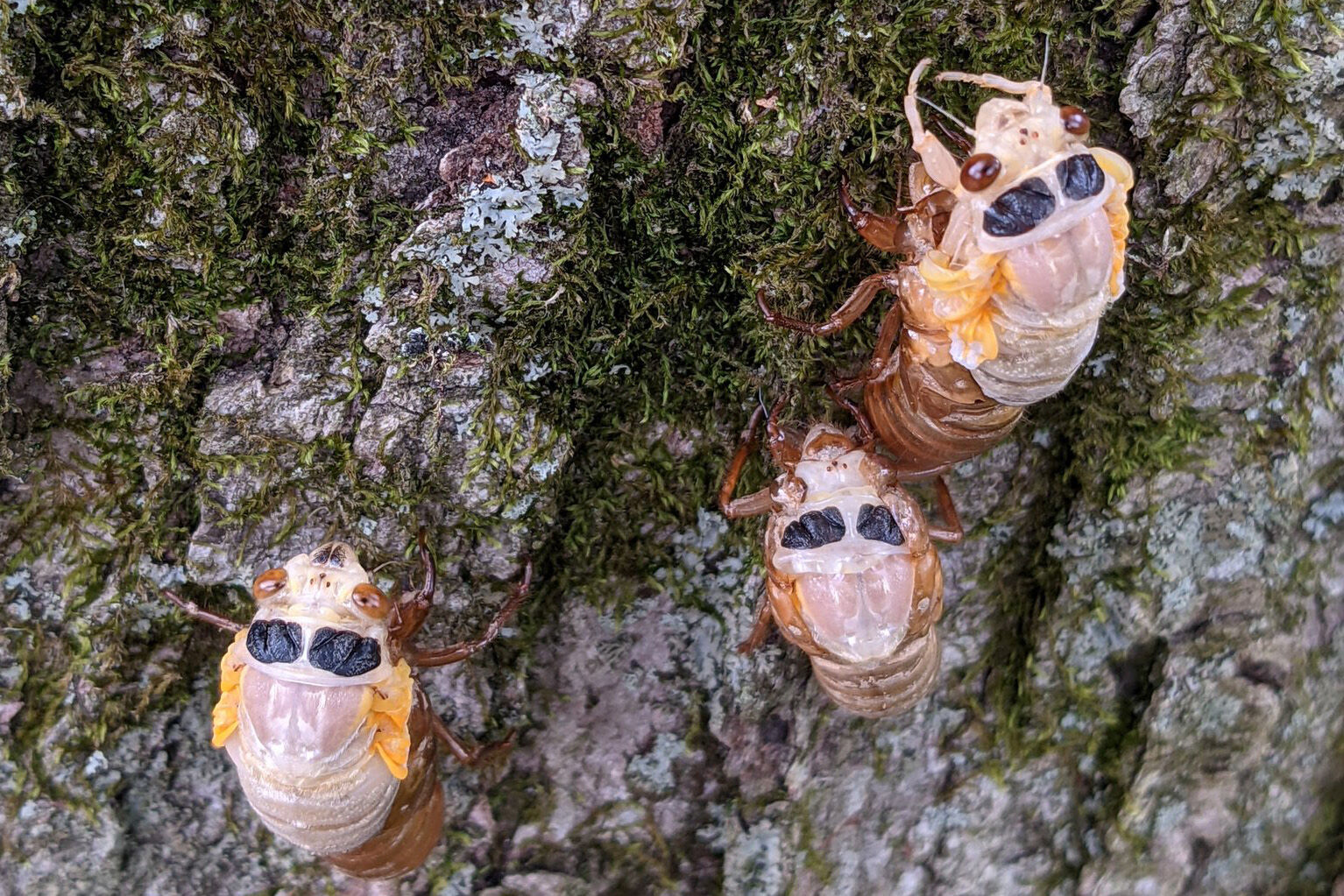
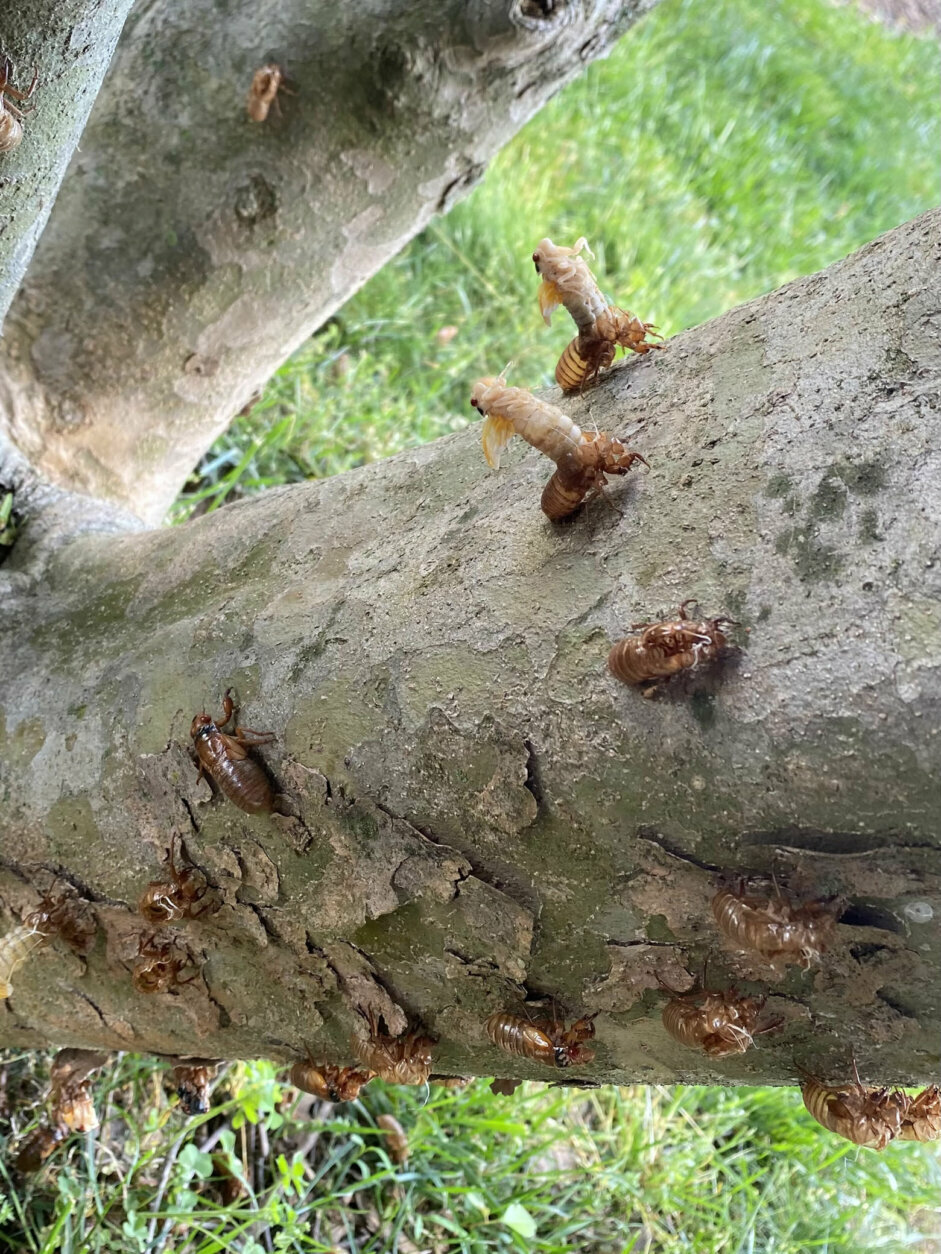
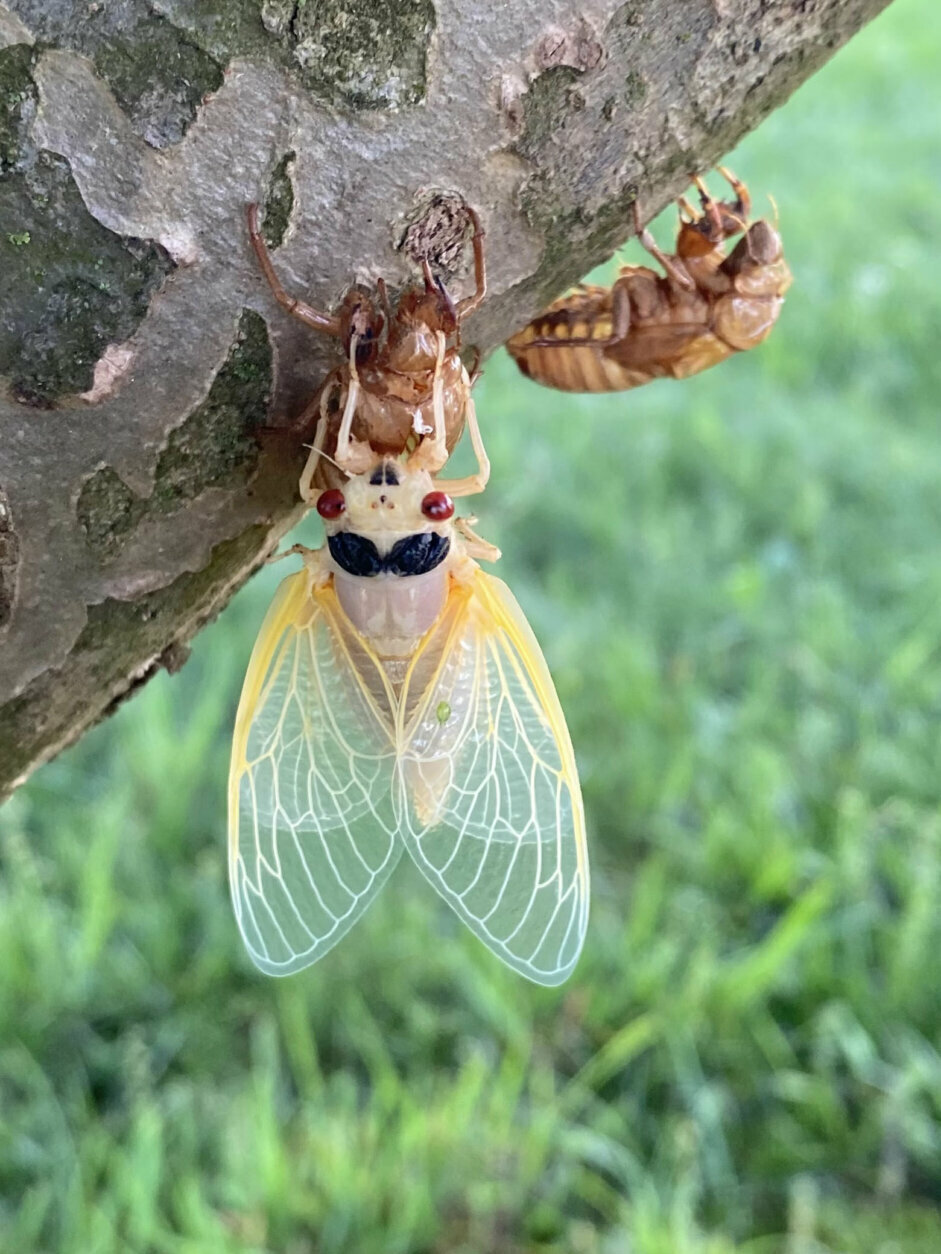
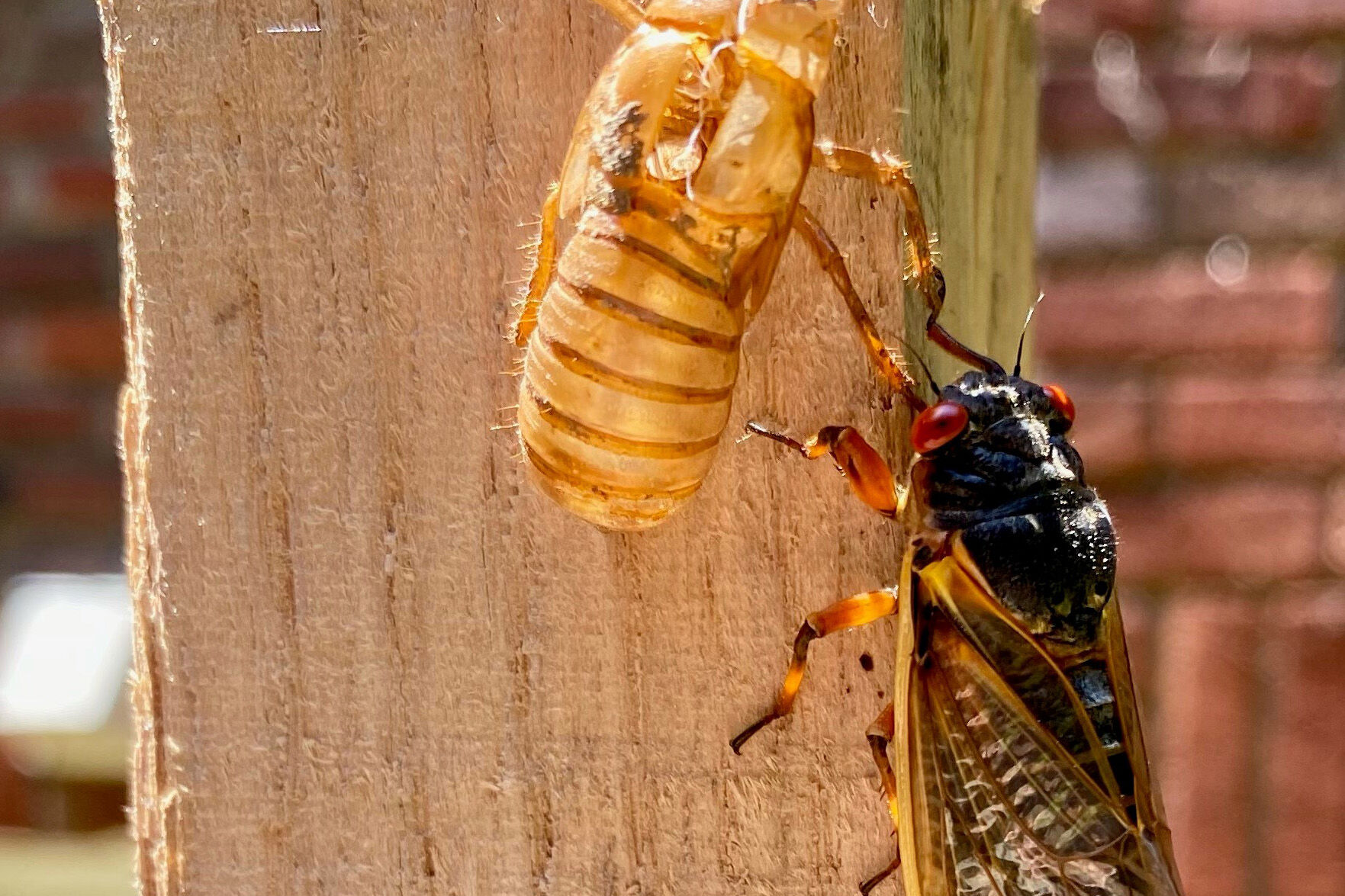
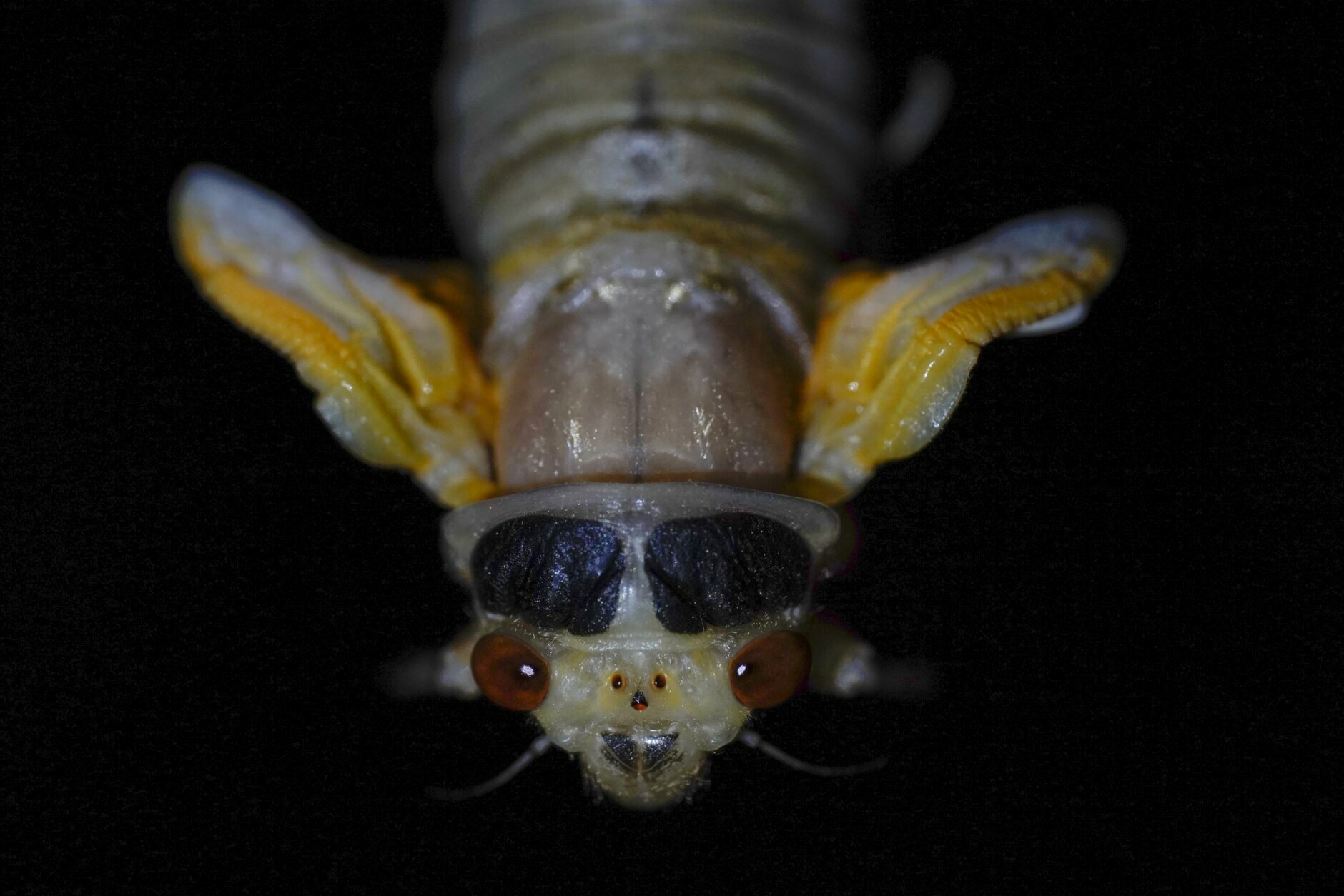
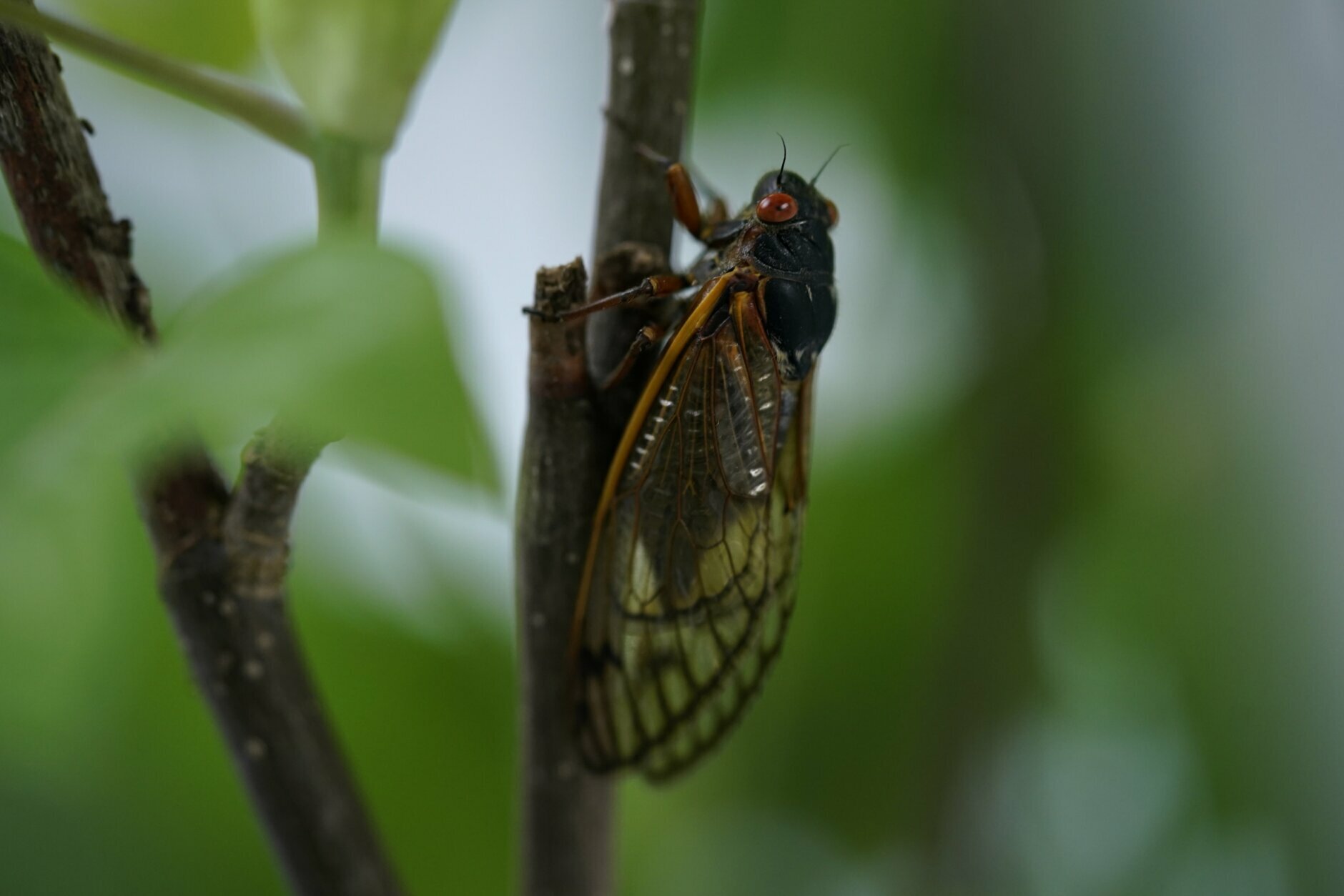

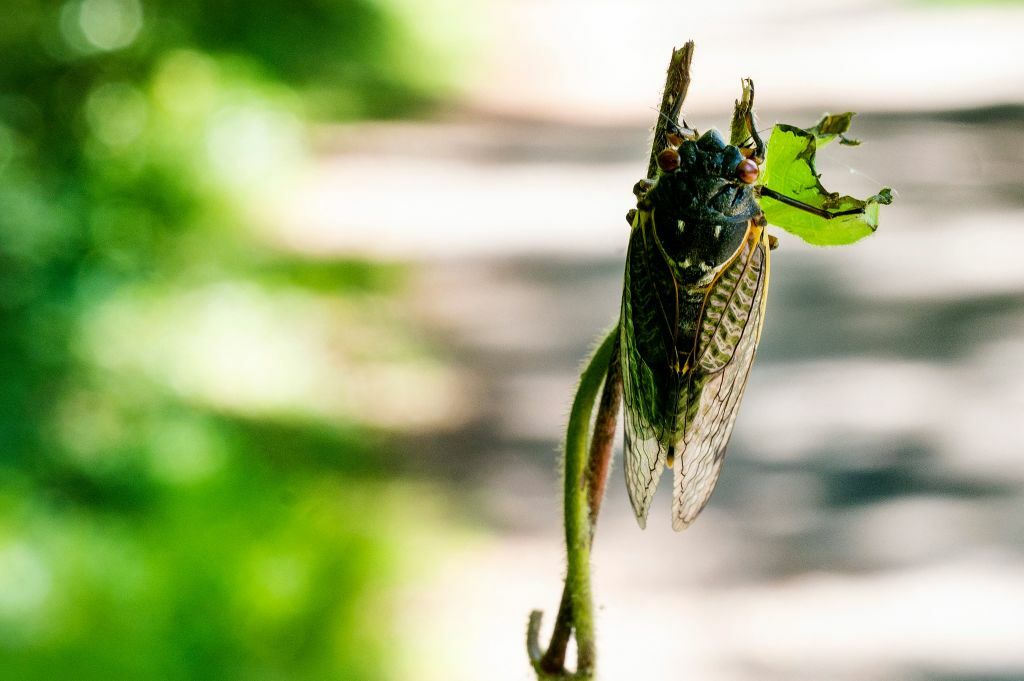
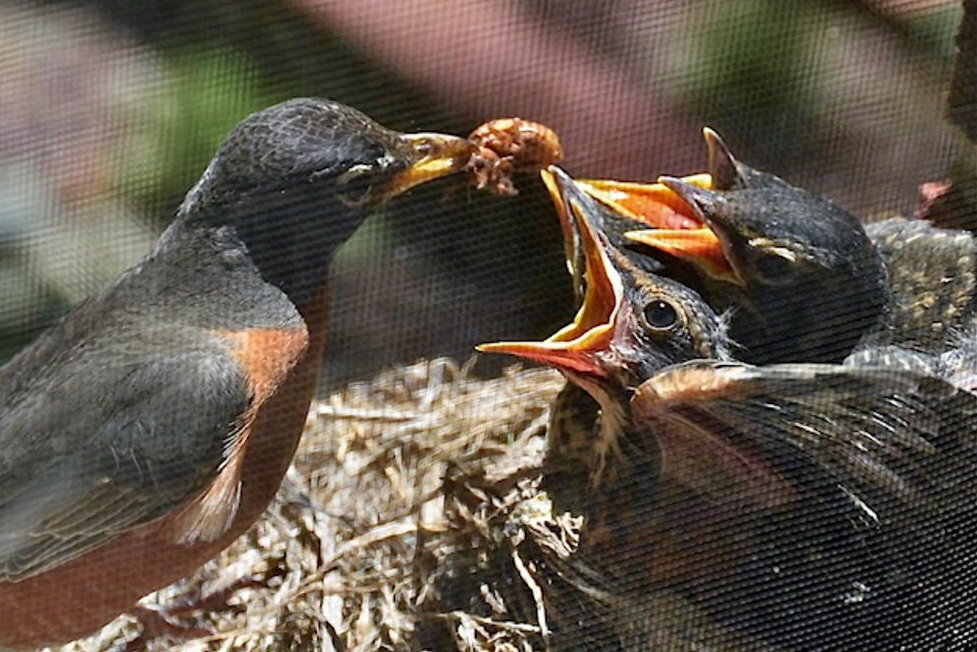




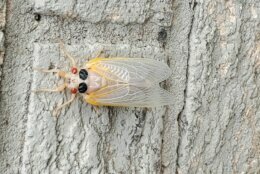
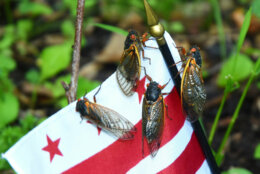
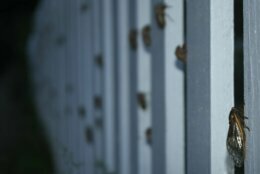

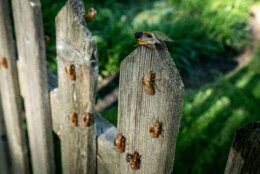
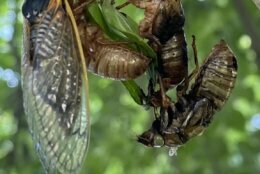

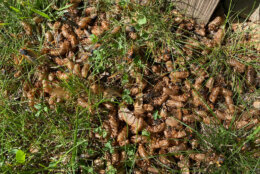
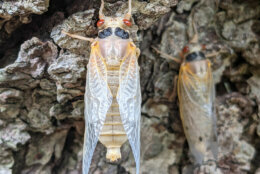
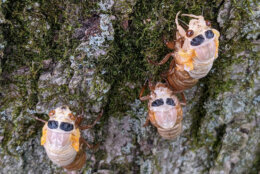
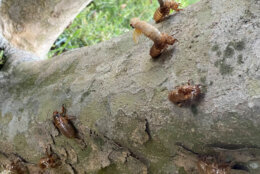
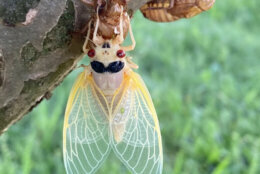
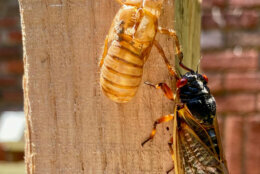

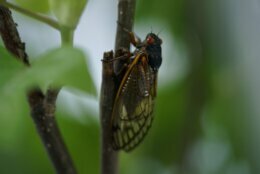
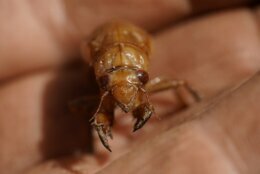

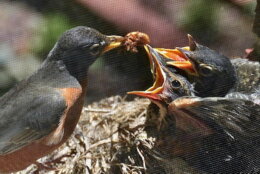
The cicadas that emerge this year are actually the offspring of the bugs that last emerged in 2004. They hatched as tiny nymphs from eggs laid on the edges of tree tops, tumbled to the ground and burrowed into the soil, where they’ve been for the past 17 years feeding on sap from the roots of trees.
They will arrive in massive numbers and emerge from underground hideouts and take to the treetops in a rare — and incredibly loud — ritual 17 years in the making.
Raupp said if some people feel squeamish about the thought of cicadas romancing in the trees and dropping shell casings to the ground, they go to areas like Ocean City or Bethany, or even New York or Florida, where there won’t likely be an emersion of cicada activity.
And for those who are more enthusiastic about cicadas, like Raupp, he said you can even eat the bugs!
“I’ve been snacking on some already. They’re just as tasty as they were 17 years ago. I baked some emergence cookies last week, and they were delicious. So there will be restaurants that are preparing. I’ve seen some chefs on the internet and on television already that have whipped up some very fine dishes.”
If you’re interested in sampling some of the bugs, you can check out the University of Maryland’s cicada information clearinghouse online. The site contains a cicada cookbook, which Raupp said is “chock a block full of fine recipes for preparing cicadas.”
“If people are interested in trying to eat cicadas themselves, they can go to our cicada information Clearinghouse at cicadacrewUMD.weebly.com, and under the resources page, they can find this cage delicious cookbook, which is chock a block full of fine recipes for preparing cicadas.”
“The Bug Guy” said he will be out and about heavily over the next two weeks with film crews and media. You can catch him on his blog, BugoftheWeek.com.
WTOP’s Luke Lukert contributed to this report.








